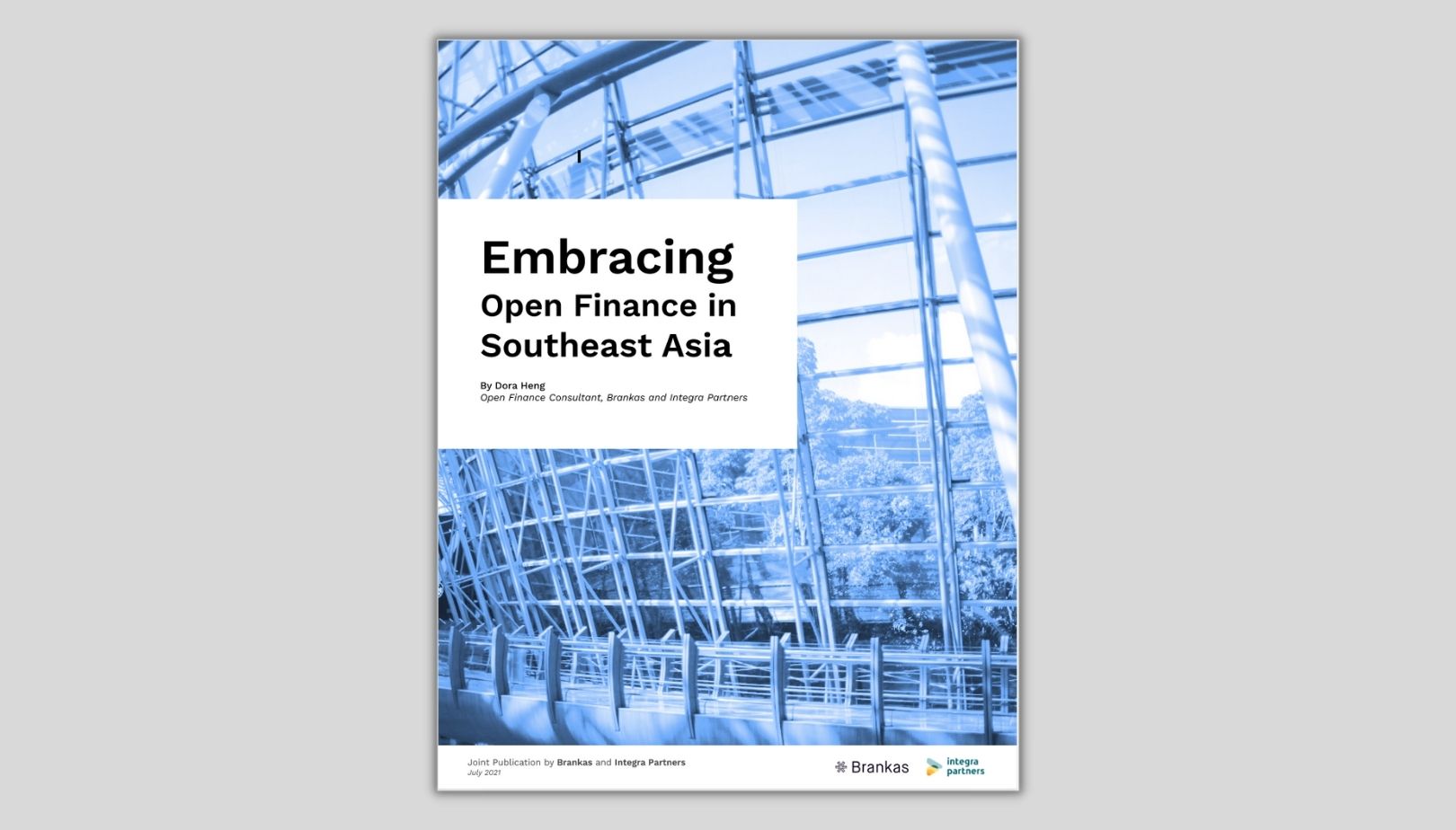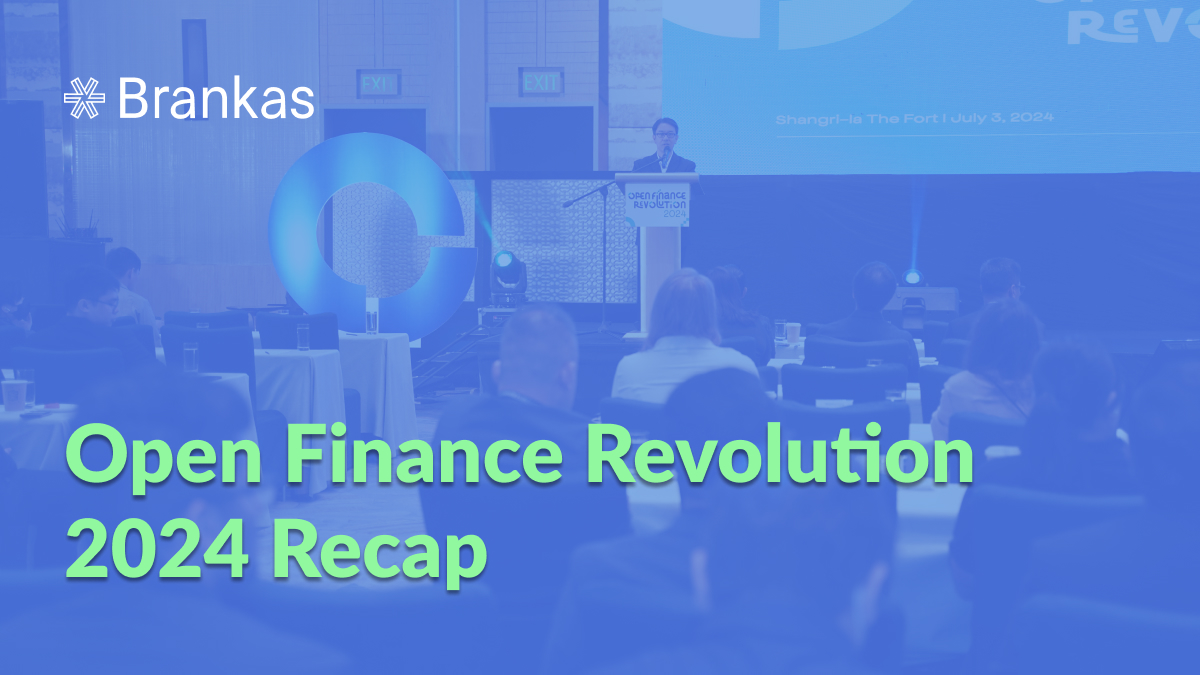
We recently published a whitepaper on embedded finance in Southeast Asia, Key concepts and definitions of open finance are discussed in this paper. Download it today.

In recent years, we’ve watched Open Banking initiatives drive financial services innovation in markets such as the UK, Europe, and Australia. Open banking initiatives are sprouting globally, as more banks recognize the commercial and product innovation opportunity. Banks are thinking differently about the payment experience, responsible use of customer data, and their role in supporting a broader fintech and eCommerce experience.
Regulation was an early driver of Open Banking activities, led by the Payment Services Directive (PSD2) in the EU and the Open Banking Project in the UK. Elsewhere, regulators in Australia, Bahrain, India, and Hong Kong (to name a few) have published new Open Banking standards, while many others are reviewing and gathering industry feedback. In contrast, US-based technology startups like Plaid and bank initiatives like Zelle have created open networks even without a top-down requirement from the Government.
Southeast Asia is an interesting region for Open Banking. Open Banking presents a massive opportunity for innovation given a young population that is ever ready to embrace new technology and the opportunity to tap into the more than 70% unbanked segment. Even though the concept is still relatively new and regulators here haven’t yet implemented Open Banking rules, open API initiatives are already underway.
Open Banking is based on two principles:
Open Banking places the customer at the center of the financial ecosystem. As a customer, this means being able to securely share financial data with the ability to pick and choose to link your bank accounts to select eCommerce sites, eWallets, loan/ insurance companies, investment firms and other applications. Common examples include being able to view all of your bank accounts in one place and even making direct payments from these accounts, instantly sharing bank statement data to apply for a loan, and the convenience of paying for online purchase directly on a retailer’s site.
For fintechs and TPPs, the benefits are clear - Open Banking is propelling new innovations and plays an important role in democratizing financial services. It is an excellent opportunity for fintechs to drastically improve the customer journey, and use data insights to provide even better products and services all within the same platform.
Businesses, on the other hand, can enjoy straight-through reconciliation for easier cash management, enhanced cash flow visibility, and real-time access to financial data for KYC and credit scoring purposes.
Banks stand to benefit from Open Banking’s collaborative new paradigm. Banks are able to adopt a banking-as-a-service model, generating new revenue streams and widening their ecosystems. Through strategic partnerships with fintechs and third-party providers, banks are able to quickly and efficiently build innovative products; banks are able to transform into nimble organizations focused on delivering solutions with the customer in mind. Moreover, open data creates the opportunity for enhanced analytics and customer insights, allowing banks to continually enhance the customer experience.
What remains the biggest challenge for banks is that they are usually beholden to their legacy core platforms, some of which are decades old. Realigning core processors is a gargantuan effort but necessary to realize the full benefits of Open Banking.
Brankas is solving the “Last Mile” of Open Banking in Southeast Asia. We build secure open API technology that empowers banks and fintech companies to create world-class solutions. Our Open Banking service is a platform that provides a turnkey Open API layer compatible with any major core banking system. Sign-up and deployment will give banks access to their own Open Bank Application Suite that includes a developer & documentation portal, authorization server, and Open Bank API host server.
Brankas supports banks at all stages of their Open Banking journey, launching anywhere between 4 to 7 weeks. We have available a catalogue of microservices that easily connect to a bank’s core system and allows for easy customization. We also offer over 150 of the most common API services following international standards such as BIAN, PSD2, and more.
For more information, visit our website, or contact our Sales team. Let’s talk about what you want to build.

We recently published a whitepaper on embedded finance in Southeast Asia, Key concepts and definitions of open finance are discussed in this paper. Download it today.

The recent Open Finance Revolution Conference brought together industry leaders to explore the transformative potential of open finance and its impact on the future of financial services. The event saw over 300 participants and featured notable sponsors including IBM, Grab For Business, Xendit, PeekUpPay, Gorriceta Africa Cauton & Saavedra, Oradian, Boost Capital, and Dobin. Additionally, a raffle was held, with the exciting prize of an Apple Watch Series 7, adding to the event’s appeal.